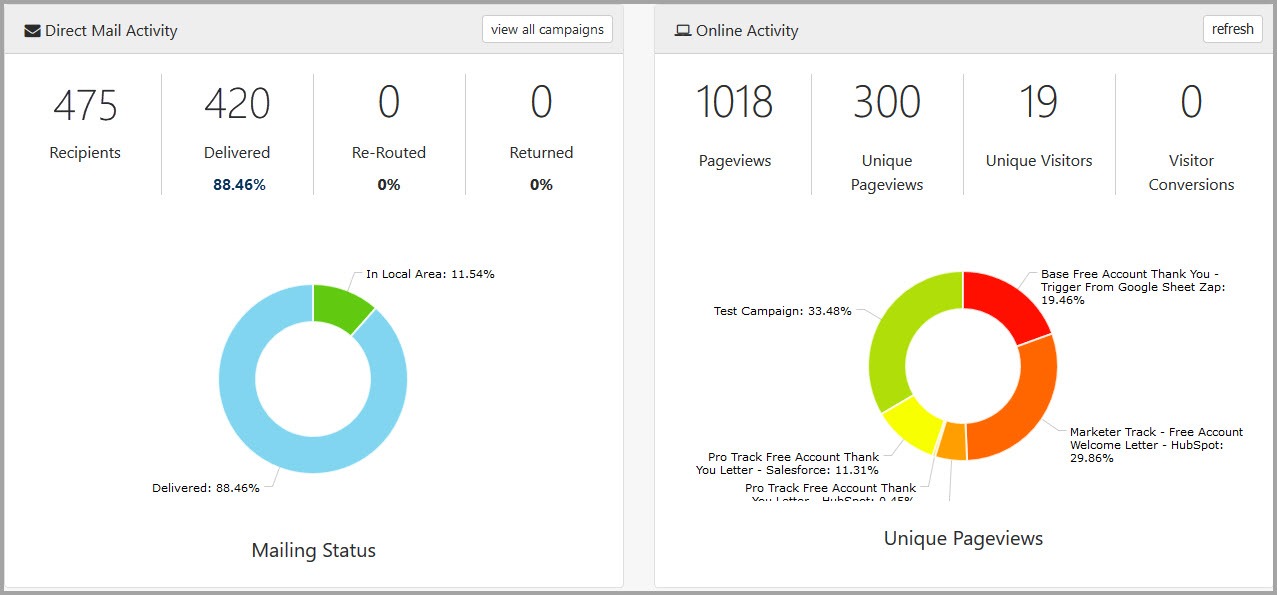

The USPS dashboard, however, doesn’t have to be more of the same. USPS, however, won’t have to start from scratch. The agency’s inspector general and its regulator, the Postal Regulatory Commission, each have their dashboards tracking USPS performance. More of our revenue is going to be on the competitive side, and so we’re going to have to be really, really good,” DeJoy said. We’re moving more and more into the competitive environment, which is something we need to recognize.

“People look at this stuff, especially as we move into the package business. Having this data available to the public, he added, holds the agency accountable to a high standard of service.

Whether it’s for mail or packages, DeJoy said customer demand for delivery data is growing. Always have been, in terms of, ‘you did this, you didn’t do that,’” DeJoy said. “We are the most measured service in the United States government. The dashboard would also help USPS flag service delays by region, and help the agency pinpoint the root cause of those challenges.ĭeJoy, in a recent interview, said the agency and its partners have troves of performance data to feed into the dashboard, once it’s up and running.
#USPS DASHBOARD FULL#
Register today to download the full analysis and survey results. Insight by Recorded Future: Federal News Network interviewed agencies, associations and institutions about how they are integrating open source intelligence into national security strategy. Postmaster General Louis DeJoy told mailing industry partners last year that USPS was planning to create such a dashboard, which would give its biggest customers regular status updates on conditions at its facilities and on-time metrics for different types of mail. Postmaster General Louis DeJoy told mailing industry partners last year that USPS was planning to create such. In return, USPS is now required under the Postal Service Reform Act to create a dashboard that tracks on-time delivery data nationwide. A major reform bill signed last week by President Joe Biden is expected to save the Postal Service $107 billion, a major step in addressing the agency’s long-term financial challenges.


 0 kommentar(er)
0 kommentar(er)
